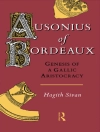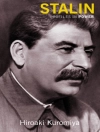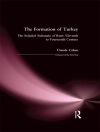Engines for Empire examines the use of the railway by the British army from the 1830s to 1914, a period of domestic political strife and unprecedented imperial expansion. The book uses a wide array of sources and images to demonstrate how the Victorian army embraced this new technology, how it monitored foreign wars, and how it came to use the railway in both support and operational roles. The British army’s innovation is also revealed, through its design and use of armoured trains, the restructuring of hospital trains, and in its capacity to build and repair railway track, bridges, and signals under field conditions.
This volume provides insights on the role of railways in imperial development, as a focus of social interaction between adversaries, and as a means of projecting imperial power. It will make fascinating reading for students, academics and enthusiasts in military and imperial history, Victorian studies, railway history and colonial warfare.
विषयसूची
1. Public order: the army and railways
2. Railways and home defence
3. Railway experiments in mid-Victorian wars
4. Operational railways
5. Strategic railways in India
6. Sudan military railway
7. Railways on the Veld: the South African War, 1899–1902
8. Conclusion: railways and the preparation for war, 1914
Appendix 1: Working methods on the Sudan Railway, 1884–5
2. Indian volunteer railway units
Bibliography
Index
लेखक के बारे में
John Mac Kenzie is Emeritus Professor of Imperial History, Lancaster University and holds Honorary Professorships at Aberdeen, St Andrews and Stirling, as well as an Honorary Fellowship at Edinburgh.












